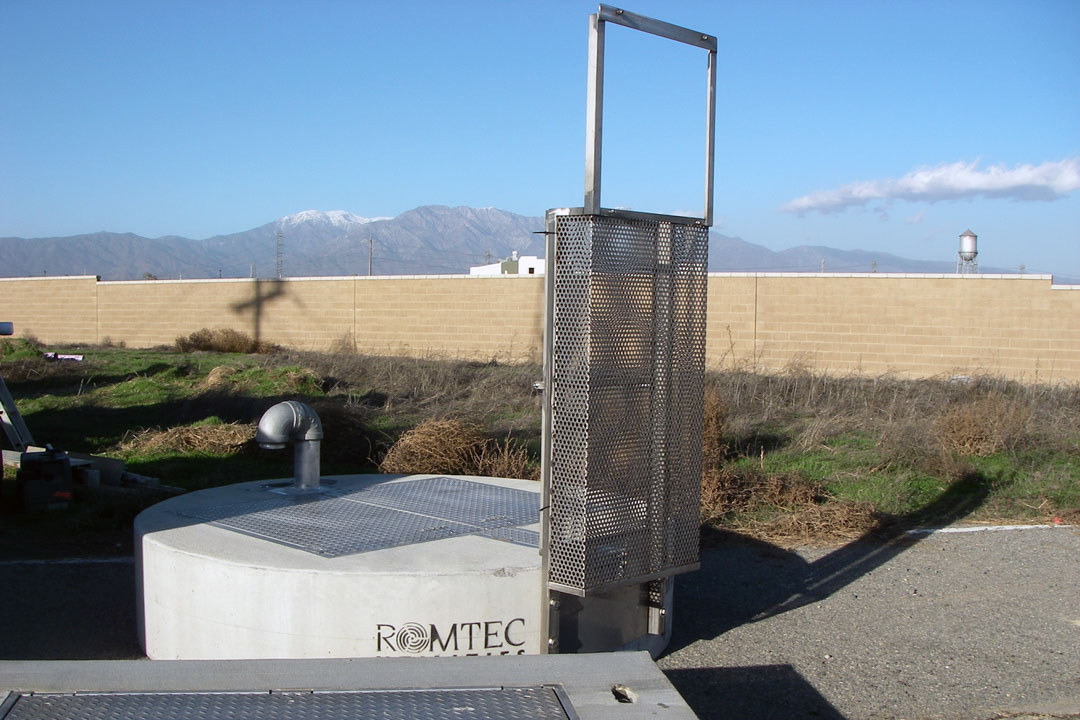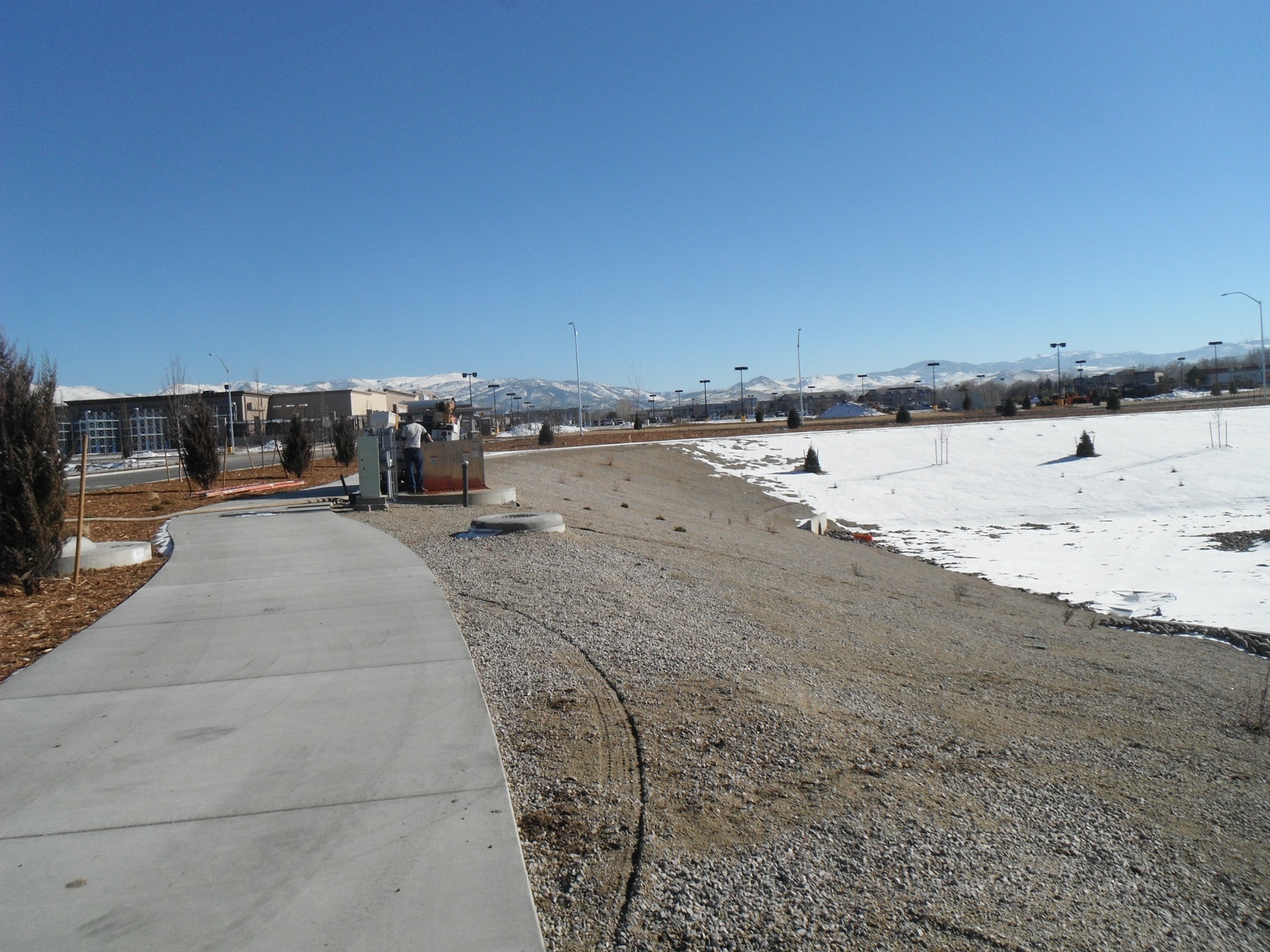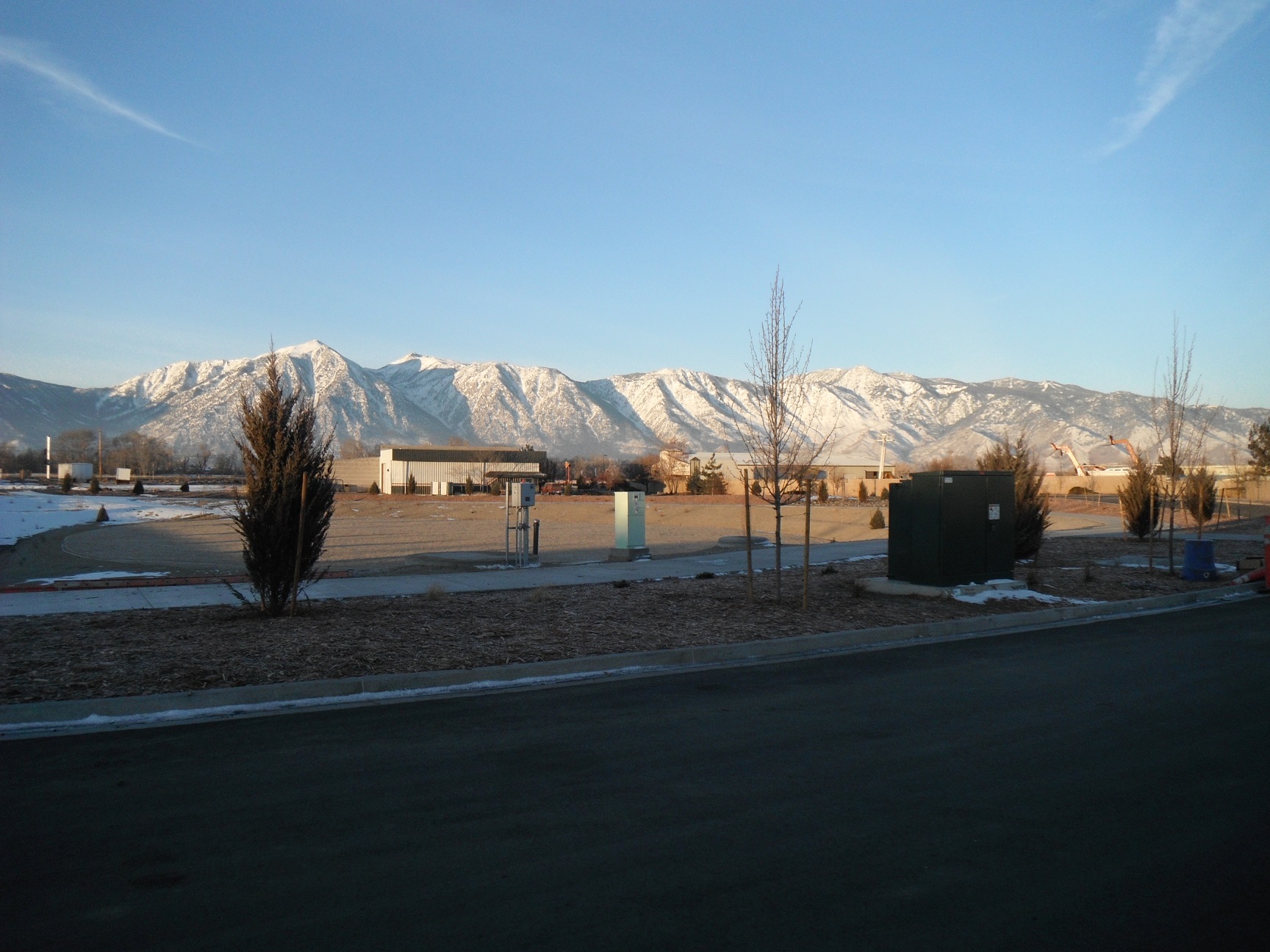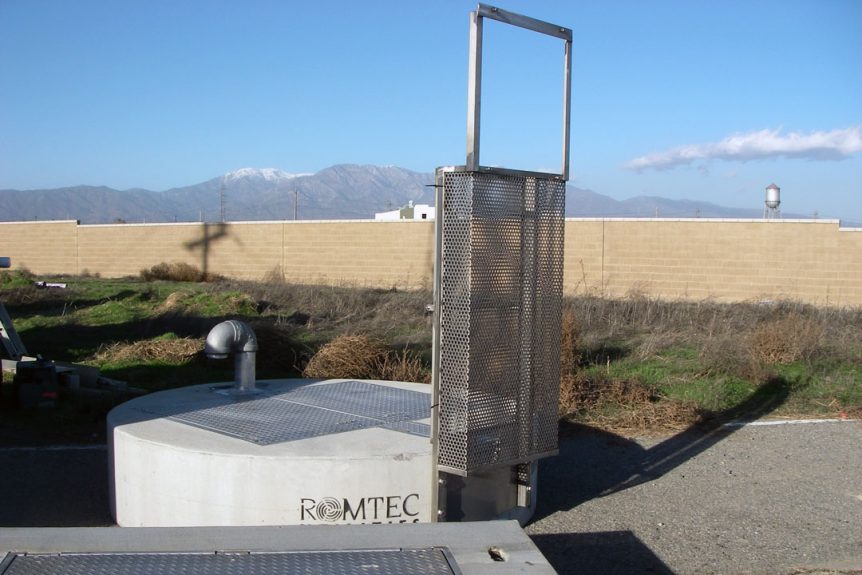Building Pump Stations in Colorado’s mountains, mesas,
desert lands, and canyons.

Planning new development within Colorado’s diverse landscape can often result in a challenging endeavor. The geographical area within the state is divided by the high alpine peaks of the Rocky Mountains that form the continental divide. To the west of the continental divide, Colorado’s topography consists of smaller mountains, mesas, desert lands, and canyons. To the east of the Rockies are the Colorado High Plains.
The majority of Colorado’s population can be found in the cities of Denver, Colorado Springs, Aurora, and Fort Collins, which are all located on the eastern slope of the Rockies. This is no coincidence, as the high peaks provide protection from incoming storms from the west. Like many places in the United States, most of Colorado’s easily developed ground has already been claimed. As urban and suburban expansion continues onto land that is more challenging to develop, conveyance of wastewater, stormwater, industrial process water, and potable water can often not be accomplished by gravitational force alone.

When considering these challenging projects, Colorado’s diverse landscape can make things interesting, due to both high head conditions in the slopes of the Rockies, mesas, and canyons, as well as low head conditions in relatively flat desert areas and the High Plains. The varying head conditions, from one extreme to the other, can make designing a properly functioning pumping system a difficult undertaking. This is where Romtec Utilities’ expertise, problem solving ability, and design flexibility can prove to be of great benefit to your project.
In addition to the contrasting head conditions caused by large scale topographical differences, these same topographical differences also require completely different strategies for pump station sizing and general design. For flatter areas with relatively low head conditions, one large pump station may be able to accept flows from several new developments, and/or also be sized to accept flows from future development or phases of the project

While Installing one large pump station will typically be more cost effective in the long term than installing several smaller systems, there are some important things to consider in this type of situation. Systems designed with the intention of receiving additional future flows may be sized too large in the early development phases to keep the system operating consistently. In the case of wastewater, this can lead to build up of H2S gas which can cause corrosion and odor issues, as well as allowing solids to settle out of the water resulting in a maintenance nightmare.
Conversely, when designing pumping systems in the more mountainous areas, each individual development will often require its own pumping system, as the terrain will not allow for multiple developments to be served by a single system. In this case, designing smaller systems to be as efficient and cost effective as possible, while still ensuring proper functionality throughout the expected lifespan of the system, is the order of the day. An important consideration when planning several pump stations in a relatively small geographical area, is that some of the systems may have to share a force main. This can also prove to be a complex design, as head conditions can be drastically affected by the operational timing of the different systems.

Romtec Utilities has vast experience designing pumping systems under even the most challenging conditions. As Romtec Utilities does not produce any “off the shelf” systems, we design every system to the exact application and conditions present at the site. This offers a great piece of mind for developers, engineers, and design build contractors alike, as every Romtec Utilities system is custom tailored to the exact application and conditions for which it is designed. At Romtec Utilities, we stand behind our packaged pumping systems, and always work to ensure the success of your project from the early design phases, through installation, system start-up, warranty, and beyond.

